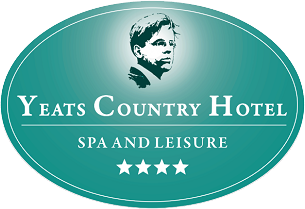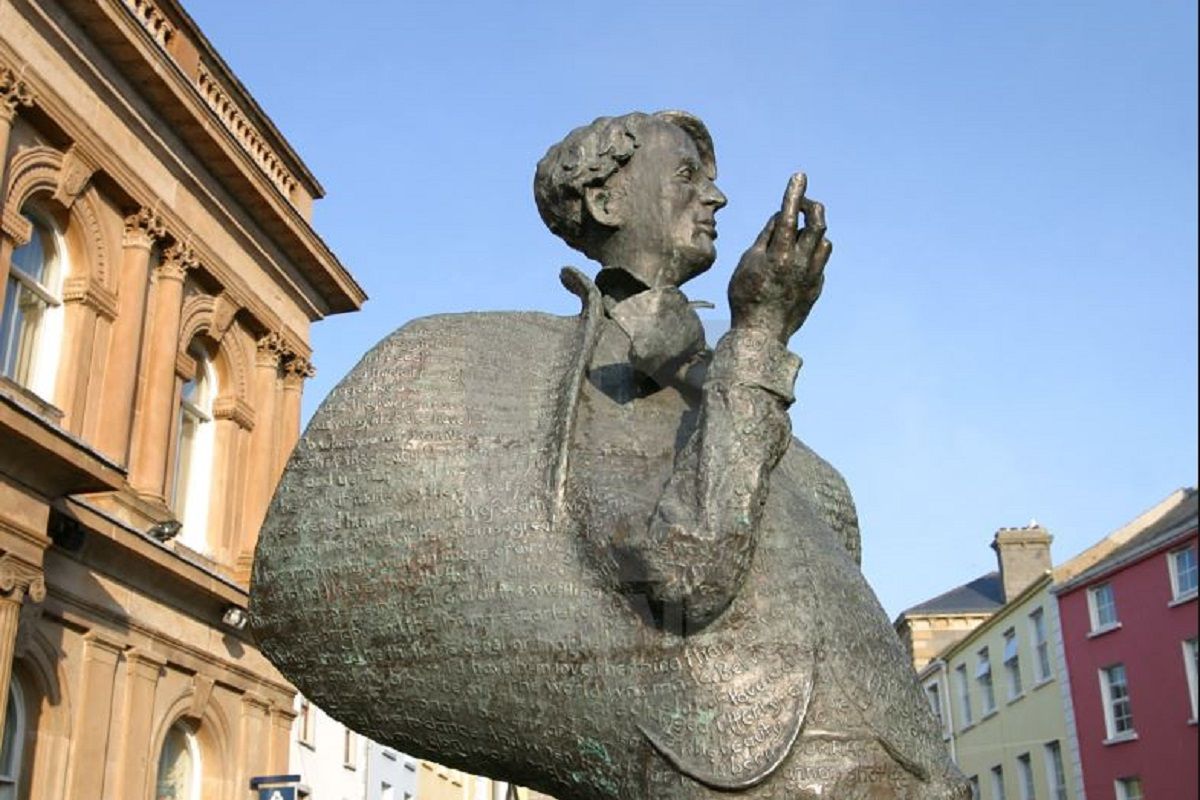William Butler Yeats
“The Land of Heart’s Desire”
William Butler Yeats (1865-1939), the famous poet and writer, was born in Dublin but spent much of his youth in Sligo. His mother Susan Mary Pollexfen was from a middle-class merchant family, who owned milling and shipping businesses in Sligo. His father John Butler Yeats married Susan Pollexfen in 1963. John had been studying law but decided to study art in London, much to the dismay of Susan’s parents.
William was the oldest of 6 children. His sister Susan Mary (Lily) Yeats was known for her embroidery and association with the Celtic Revival. Elizabeth (Lollie) Yeats was an educator and publisher. Together the sisters along with Evelyn Gleeson founded a craft studio which became the focus of the Irish Arts & Crafts Movement. William’s youngest brother Jack was a famous artist and an Olympic medalist. He worked as an illustrator for magazines. His early pictures are landscapes, mostly set in the West of Ireland.
Elsinore House in Rosses Point, was built by a smuggler called ‘Jack Black’ in the 1830’s. The house was and entire Rosses area was purchased by Henry Middleton in 1867. William recalled stories of secret tunnels and buried treasure which enthralled him as a child. The house overlooks the Pier, Oyster Island, Coney Island and Knocknarea but today, lies in ruins, overgrown by ivy.
Lissadell House was built in the 1830’s by Robert Gore-Booth whose granddaughters, Constance Markievicz and Eva Gore-Booth, were friends of William Butler Yeats, although William was only invited to Lissadell when he became famous. Lissadell House is visible from Rosses Point and is a 20 minute drive.
Yeats wrote ‘In Memory of Eva Gore-Booth and Con Markiewicz’
“The light of evening, Lissadell,
Great windows open to the south,
Two girls in silk kimonos, both
Beautiful, one a gazelle”
Yeats started writing at 17. His early works were conventional. He turned to Irish mythology and folklore and had an interest in mysticism, spiritualism, occultism and astrology.
Yeats had a deep connection with Sligo and shows this in his poem ‘The Lake Isle of Innisfree’. Innisfree is a small island on Lough Gill. ‘Down by the Salley Gardens’ was set in Ballisodare, where William had cousins on his mother’s side called Middletons, who owned the Flour Mills. Rosses Point and Glencar Waterfall sets the location for his poem ‘The Stolen Child’.
“Where dips the rocky highland
Of Sleuth Wood in the lake,
There lies a leafy island
Where flapping herons wake
The drowsy water rats;”
In 1889, he met Maud Gonne, an Irish Nationalist, with whom he became infatuated. She was a huge influence in his poetry and life. However, his love was unrequited, partly by his reluctance to be involved with nationalist activism. He proposed to her 3 times but was rejected. She married the Irish nationalist Major John MacBride. Major John MacBride was executed for his role in the 1916 Easter Rising and Maud Gonne was left widowed, even though it wasn’t a happy marriage. Yeats felt duty bound to propose to her and when she refused his proposal, he then proposed to her daughter Iseult Gonne, which was also refused. Yeats went on to marry Georgie Hyde-Lees who was 27 his junior.
Yeats was an Irish Nationalist and in 1922 was appointed Senator for the Irish Free State. He was awarded the Nobel Prize in Literature in 1923 and stated "I consider that this honour has come to me less as an individual than as a representative of Irish literature, it is part of Europe's welcome to the Free State."
Before Yeats died he requested that his final resting place be in Sligo. He died in Menton, France in 1939 at age 73 and was buried there. His wish was fulfilled in 1948 where his body was exhumed and buried in St. Columba’s Church, Drumcliff. His headstone reads
“Cast a cold Eye
On Life, on Death.
Horseman, pass by!”



